Thousands of years ago when people first discovered fermentation, they chalked it up to magic and a gift from the gods. While beer might feel like a gift from a higher power, magic it is not. Today we’ll take a look at the science behind brewing and the process that goes into bringing us that heavenly drink, BEER!
BEER! IT’S SCIENCE IN A GLASS!
A long time ago, brewers in Europe understood what made good beer and created the world’s first food safety law. The Reinheitsgebot established that water, malt, hops and later yeast were all that you needed to brew a good beer. Modern brewers have added quite a few others things to spice their brews up but those four basic ingredients still form the basis of almost every beer.
It all starts with those first two ingredients: Malt and Water. Not only does malt provide the sweetness to help balance out the bitterness of hops, it provides the most crucial ingredient, sugar. By mixing malt and hot water in a process called mashing, fermentable sugars are extracted. Those sugars provide the food for yeast which turns it into the best part, alcohol.
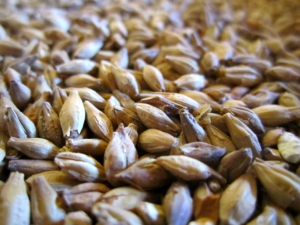
No wonder they call malt The Soul of Beer!
The other thing brewers have known for centuries is that boiling your sugar water, now called wort, makes it safer. Today’s brewers don’t have to worry as much about safety but boiling the wort is the chance to introduce hops. Hops not only add bitterness but contribute flavors like citrus, pine, and floral notes. Other benefits from boiling include avoiding off-flavors and helping to increase the concentration of sugars in the liquid, also know as specific gravity.
As we covered briefly at the start, those sugars derived from the mash are what yeast feeds on. That process, called fermentation, is what results in beer being an alcoholic drink. Depending on how much sugar there is to start with (known as the Original Gravity) and how much remains at the end (the Final Gravity), affects the end product in a very significant way. The change between the two determines just how much alcohol will be made, translating to the well-known term ABV or Alcohol by Volume. Not only does yeast convert sugar into alcohol, it also produces carbon dioxide, as well as removes a significant amount of sweetness. What is left translates to several things including how sweet the beer is, how heavy or light it is and how it will age over time.
A lot has changed since the first fermented drinks were discovered. By having a much deeper understanding of how the process works and how to control it, the products brewed today are much safer and enjoyable. We know now that it isn’t magic and simply a scientific process. That doesn’t take away from how special it is and how incredible some of the great brews are that we enjoy today.
Cheers to that!


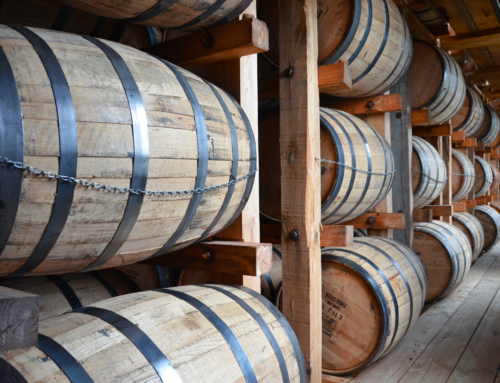
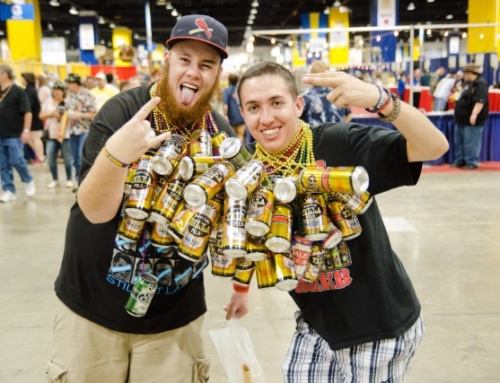

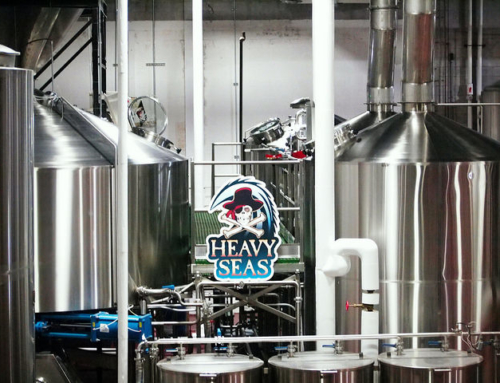
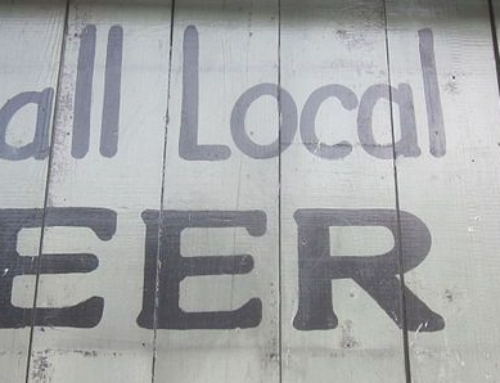
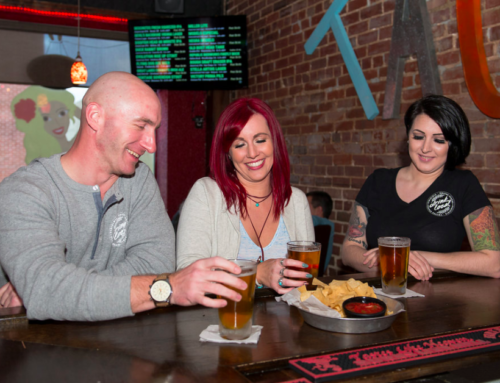
Leave A Comment